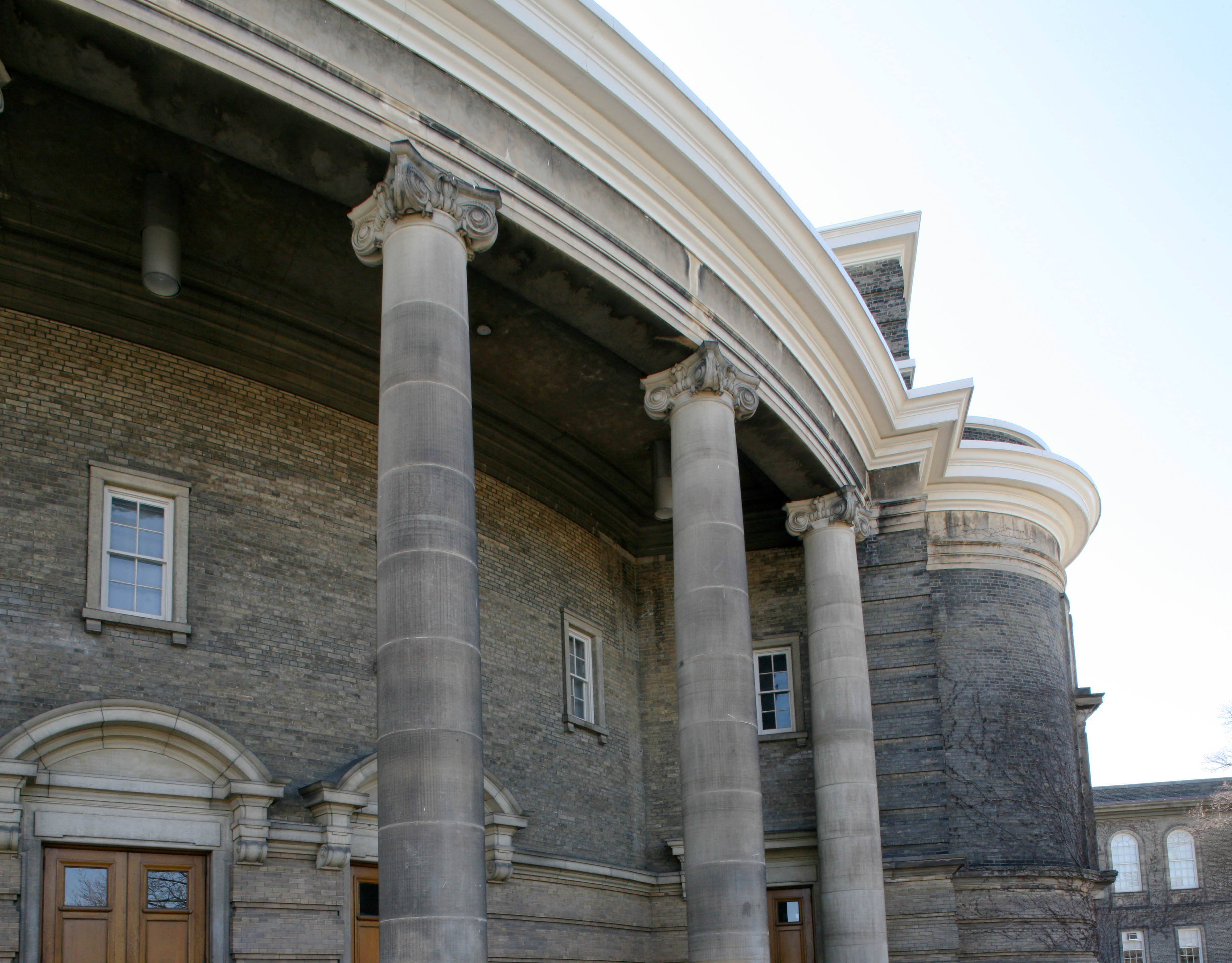Ontario post-secondary schools are projecting millions of dollars being cut from their operating budgets as a result of the provincial government’s tuition fee decrease announced earlier this year.
On Jan. 17, the province announced a 10 per cent tuition fee cut across the board for domestic students along with major changes to the Ontario Student Assistance Program.
Since the winter semester is when most universities prepare their budgets for the 2019-2020 academic year, some schools have already projected the impacts on their budget.
Ryerson University has estimated about a $29 million loss, while Carleton University estimated a $20 million cut.
At Ryerson, they’re estimating that about half of their revenue to come from tuition fees, and about 41 per cent to come from government grants.
The school has conducted at least three town halls to engage the students in how the school is going to manage their budget and where cuts will be made. Ryerson administration has also launched an online suggestion tool for students to submit ideas on where the school can save some cash.
In a statement, Michael Benarroch, provost and vice-president (academic), said Ryerson will be “navigating an increasingly challenging fiscal environment in the years ahead.”
“Though we can all expect to face some difficult choices, we should not let this deter our vision, our path or our priorities,” he added.
As for the University of Toronto (U of T), they had previously projected $2.81 billion in operating revenue, about a 3.5 per cent increase in their budget from this year. But, following the announcement by the province, that estimate dropped by $88 million dollars, according to the budget document.
The impact of domestic tuition fee reduction will be different depending on the program according the budget, with health science fields experiencing the most significant cuts.
But, the U of T is looking for ways to distribute its budget efficiently. In 2019-2020, the university will join a consortium of universities around the world who participate in an annual assessment of efficiency and effectiveness of services.
According to the budget, after a decade of significant growth in international student enrolment, there are plans of a “modest increase” of 320 full-time equivalent international undergraduate students across the three U of T campuses to maintain the numbers at 26 per cent of the undergraduate student body.
At the University of Waterloo, the reaction to the changes was immediate. On Jan. 18, James Rush, vice-president (academic) and provost, put out a statement asking for restrain on spending where possible during this academic year.
“Savings from the current year will help us all to buffer the reality of reduced revenues in the next fiscal year,” he said. “Our work to build the 2019/2020 budget will continue with the new reality of reduced tuition in mind.”
With costs increasing at Ryerson, Benarroch said the university will approach the current budget gap by looking for ways to increase revenue, reduce their target spending, implement reductions across the board over the course of two years, and have a restructuring fund.
“We have been disciplined with our budgets in the past, and this has never stood in our way of offering engaging experiences to everyone on campus,” he said.
Image from U of T Digital Media Bank






